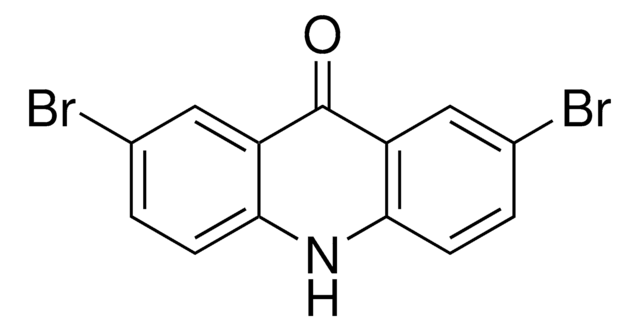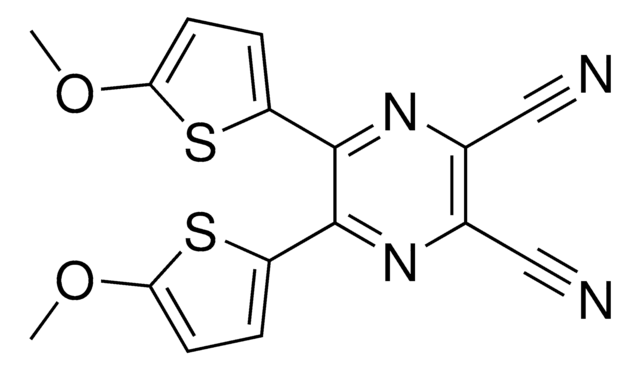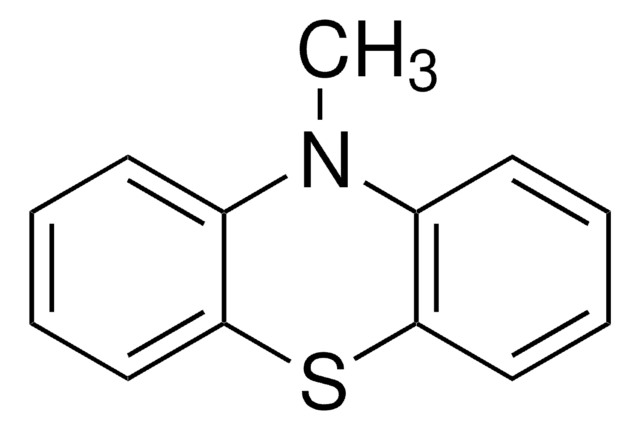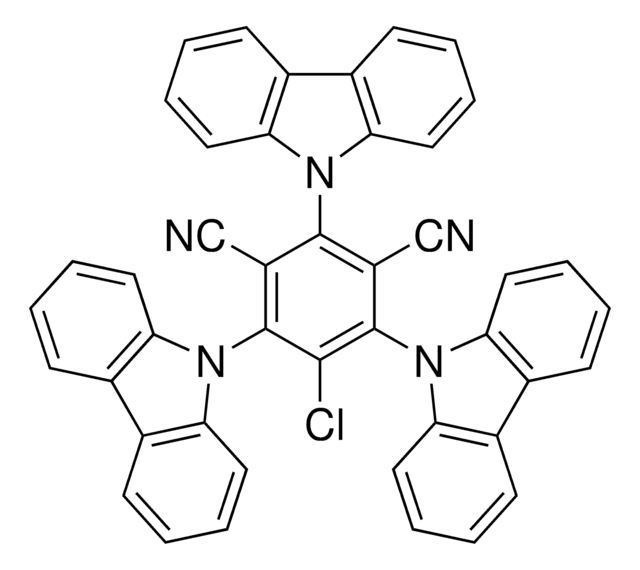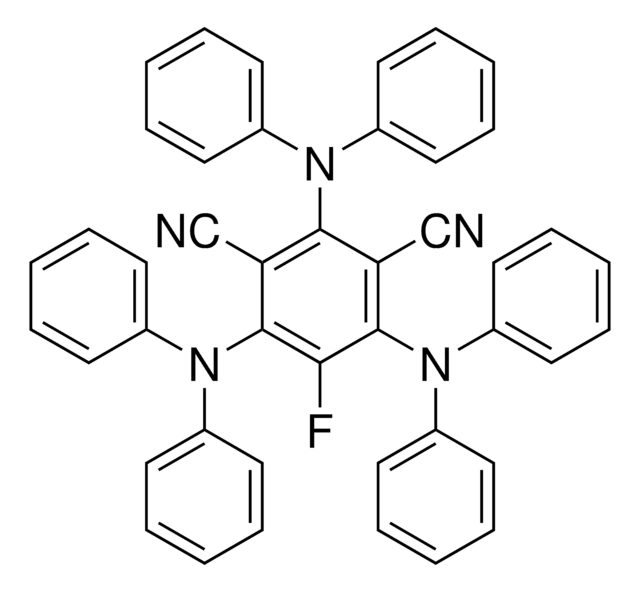901112
PhenN O-PC™ B0301
New Iridium, ≥97%
Synonyme(s) :
Miyake polymerization organophotoredox catalyst, 5,10-Di(2-Naphthyl)-5,10-dihydrophenazine, PhenN_2Naph
About This Item
Produits recommandés
Niveau de qualité
Pureté
≥97%
Forme
powder or crystals
Pertinence de la réaction
reagent type: catalyst
reaction type: Photocatalysis
Activation du photocatalyseur
460 nm
Catégories apparentées
Application
Product can be used with our line of photoreactors: Including Penn PhD (Z744035) & SynLED 2.0 (Z744080)
Autres remarques
Organocatalyzed Atom Transfer Radical Polymerization Driven by Visible Light
Organocatalyzed Atom Transfer Radical Polymerization Using N-Aryl Phenoxazines as Photoredox Catalysts
Intramolecular Charge Transfer and Ion Pairing in N, N-Diaryl Dihydrophenazine Photoredox Catalysts for Efficient Organocatalyzed Atom Transfer Radical Polymerization
Informations légales
Produit(s) apparenté(s)
Mention d'avertissement
Warning
Mentions de danger
Conseils de prudence
Classification des risques
Acute Tox. 4 Oral
Code de la classe de stockage
11 - Combustible Solids
Classe de danger pour l'eau (WGK)
WGK 3
Point d'éclair (°F)
Not applicable
Point d'éclair (°C)
Not applicable
Certificats d'analyse (COA)
Recherchez un Certificats d'analyse (COA) en saisissant le numéro de lot du produit. Les numéros de lot figurent sur l'étiquette du produit après les mots "Lot" ou "Batch".
Déjà en possession de ce produit ?
Retrouvez la documentation relative aux produits que vous avez récemment achetés dans la Bibliothèque de documents.
Les clients ont également consulté
Articles
Photoredox catalysis is a powerful synthetic methodology to form challenging covalent bonds using light irradiation. It is effective for light-driven polymer and small molecule synthesis.
Contenu apparenté
Research in the Miyake laboratory focuses on catalysis, polymer chemistry, and materials science.
Notre équipe de scientifiques dispose d'une expérience dans tous les secteurs de la recherche, notamment en sciences de la vie, science des matériaux, synthèse chimique, chromatographie, analyse et dans de nombreux autres domaines..
Contacter notre Service technique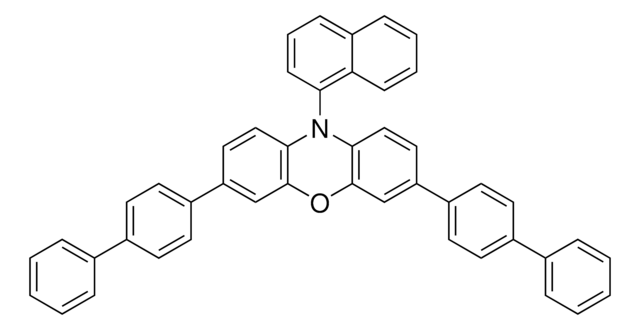
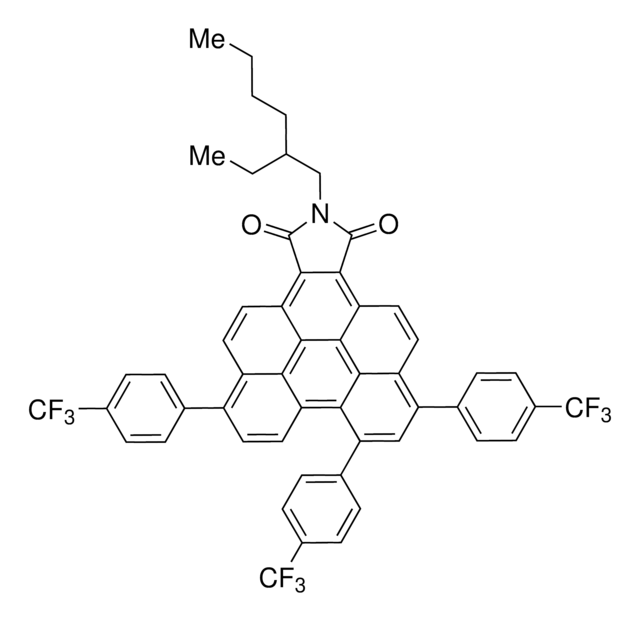
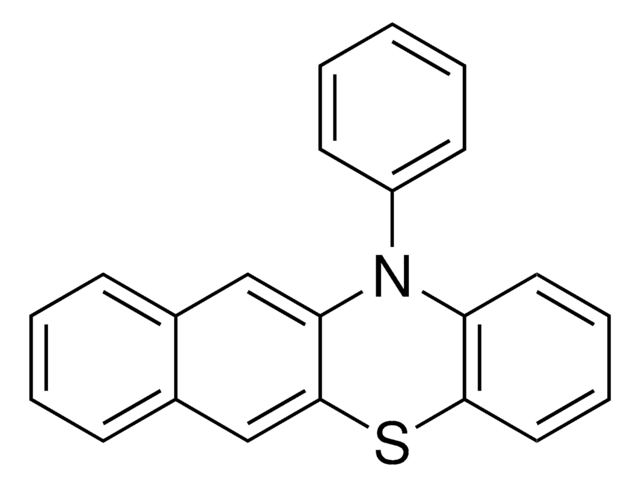
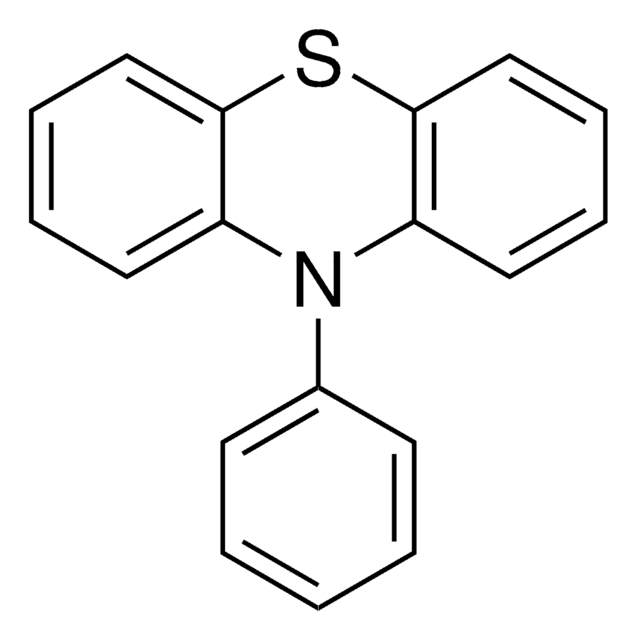
![10-Ethyl-3,7,8-trimethyl-benzo[g]pteridine-2,4(3H,10H)-dione ≥95%](/deepweb/assets/sigmaaldrich/product/structures/610/004/664b92ed-0ce1-4e66-9f3e-d1cc53f1bc9a/640/664b92ed-0ce1-4e66-9f3e-d1cc53f1bc9a.png)
